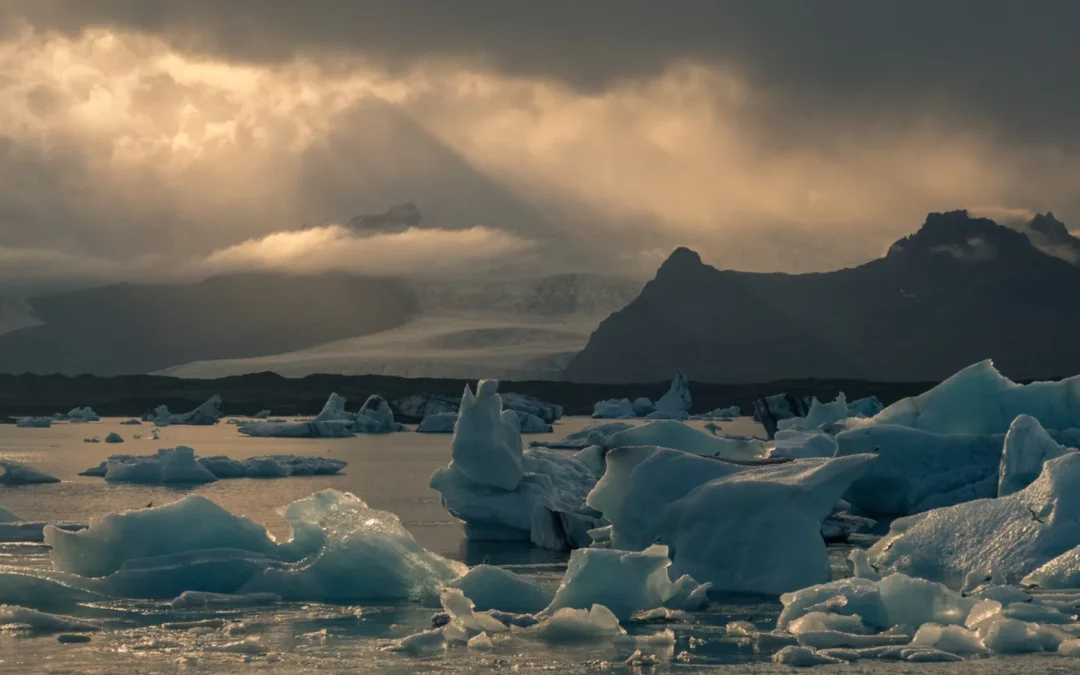Just four months on from COP26, the Intergovernmental Panel on Climate Change (IPCC) has released a new report, which paints a dire picture of the climate crisis, its threat to human wellbeing, and the health of our planet. Titled Climate Change 2022: Impacts, Adaptation and Vulnerability, this report forms the second part of the IPCC’s Sixth Assessment Report (AR6). Compiled by 270 authors, from 67 countries and incorporating research from over 34,000 scientific papers; this is the most comprehensive and authoritative assessment yet.
At the IPCC press conference launch, UN Secretary General António Guterres calls the latest report an “atlas of human suffering and a damning indictment of failed climate leadership.”
“I’ve seen many scientific reports in my time, but nothing like this.”
António Guterres, UN Secretary General
Here are some of the key takeaways:
The widening gap between the rich and the poor
Nowhere will be left unscathed by climate change, but it is the Low Income Countries (LICs) that will face the largest inequities. Africa’s contribution to the cumulative global emissions is less than 3 percent (UN, 2006), yet, they are facing some of the worst risks and impacts associated with climate change. In the past decade, the average number of deaths from droughts, floods, and storms in “highly vulnerable” regions, largely in Africa, Central and South America, and South Asia, was fifteen times higher than in places with low vulnerability, such as the United Kingdom, Sweden and Canada.
There is also a large gap in adaptation action with regard to what is happening and what needs to be done. Current financial support for adaptation projects in Africa falls billions of dollars short of what is needed. The IPCC authors highlight that over the past three decades, just 3.8 percent of funding for climate research has been directed to projects focused on Africa.
The need for adaptation and its limited capacity
Climate adaptation efforts have improved in recent years, although progress is unevenly distributed, incremental, reactive, and predominantly on a small-scale. The report states that humans have the ability to adapt to some of the challenges associated with climate change, and highlights a vast range of adaptive measures we could implement. However, the IPCC makes it fundamentally clear that time is running out.
They have made an urgent call for more finance and political commitment. Currently, global financial flows for climate action are insufficient and mostly focused on emissions reductions. There are numerous constraints that need to be overcome to reap further benefits from adaptation. These constraints include climate illiteracy, lack of financial access and poor governance.
“Soft limits” to some human adaptation have been reached, but can be overcome by addressing the constraints mentioned above. In many low-lying areas of Australasia and Small Islands, and for smallholder farmers in Central and South America, Europe, Africa and Asia, these limits have been reached. Increasingly many natural systems are reaching the “hard limits” of their natural adaptation capacity, including some coastal wetlands, rainforests, warm water coral reefs, and polar and mountain ecosystems. For example, above 1.5 °C global warming level, limited freshwater resources pose potential “hard limits” for Small Islands and for regions dependent on glacier and snow-melt.
Irreversible changes
Even if the global average temperature rise only temporarily crosses the “overshoot” scenario of 1.5 °C increase, critical and fragile ecosystems will be lost along with other irreversible losses. This is irrespective of whether the global average temperature is brought down. The authors state that:
“The extent and magnitude of climate change impacts are larger than estimated in previous assessments.”
Inclusion of mental health
The report assessed the impacts of climate change on mental health for the first time, underlining that the elderly, teenagers, children, and those with underlying health conditions are particularly affected. These issues include stress and trauma related to extreme weather events and the loss of livelihoods and culture.
Cities: problem and solution
More than half of the world population live in cities, with the UN (2018) projecting that this number will increase to 68 percent by 2050. In combination with rapid urbanisation and lack of climate sensitive planning, cities are hotspots for climate impacts, such as heatwaves, urban heat islands, extreme precipitation and storms. At the same time, they also offer a real opportunity to avoid the worst impacts of global warming. The IPCC expressed high confidence in the ecological and economic feasibility of so-called “green infrastructure”, but cities need to act fast in implementing these measures.
Technology is a not a silver bullet
According to the IPCC, technological fixes aimed at limiting warming or reducing greenhouse gas emissions could make matters worse. For example, implementation of afforestation of naturally unforested areas can exacerbate climate-related risks to food and water security, biodveristy, and livelihoods, especially if implemented at large scales in regions with insecure land tenure.
In summary, whilst the report is a rather sobering read, its overarching message is not one of despondency, but urgency.
“The cumulative scientific evidence is unequivocal: Climate change is a threat to human wellbeing and planetary health. Any further delay in concerted anticipatory global action on adaptation and mitigation will miss a brief and rapidly closing window of opportunity to secure a liveable and sustainable future for all.”
The role of businesses and the opportunities they can provide cannot be overstated. Given their size, positioning and scope in our economies, private companies are well positioned to drive large-scale adoption of meaningful ESG standards and practices – and crucially in a way that creates commercial opportunities (Strafford, 2022).
References
IPCC (2022) Climate Change 2022: Impacts, Adaptation and Vulnerability. Available at: https://report.ipcc.ch/ar6wg2/pdf/IPCC_AR6_WGII_SummaryForPolicymakers.pdf
Stafford, B. (2022) Why private companies can take the lead in making a positive environmental and social impact. Available at: https://fortune.com/2022/02/16/corporate-governance-private-companies-esg-practices-sustainability/
UN (2006) United Nations Fact Sheet on Climate Change. Africa is particularly vulnerable to the expected impacts of global warming. Available at: https://unfccc.int/files/press/backgrounders/application/pdf/factsheet_africa.pdf
UN (2018) 68% of the world population projected to live in urban areas by 2050, says UN. Available at: https://www.un.org/development/desa/en/news/population/2018-revision-of-world-urbanization-prospects.html

IMPACT PROVEN THROUGH RESULTS
WE TURN ESG INTO
COMPETITIVE ADVANTAGE










































